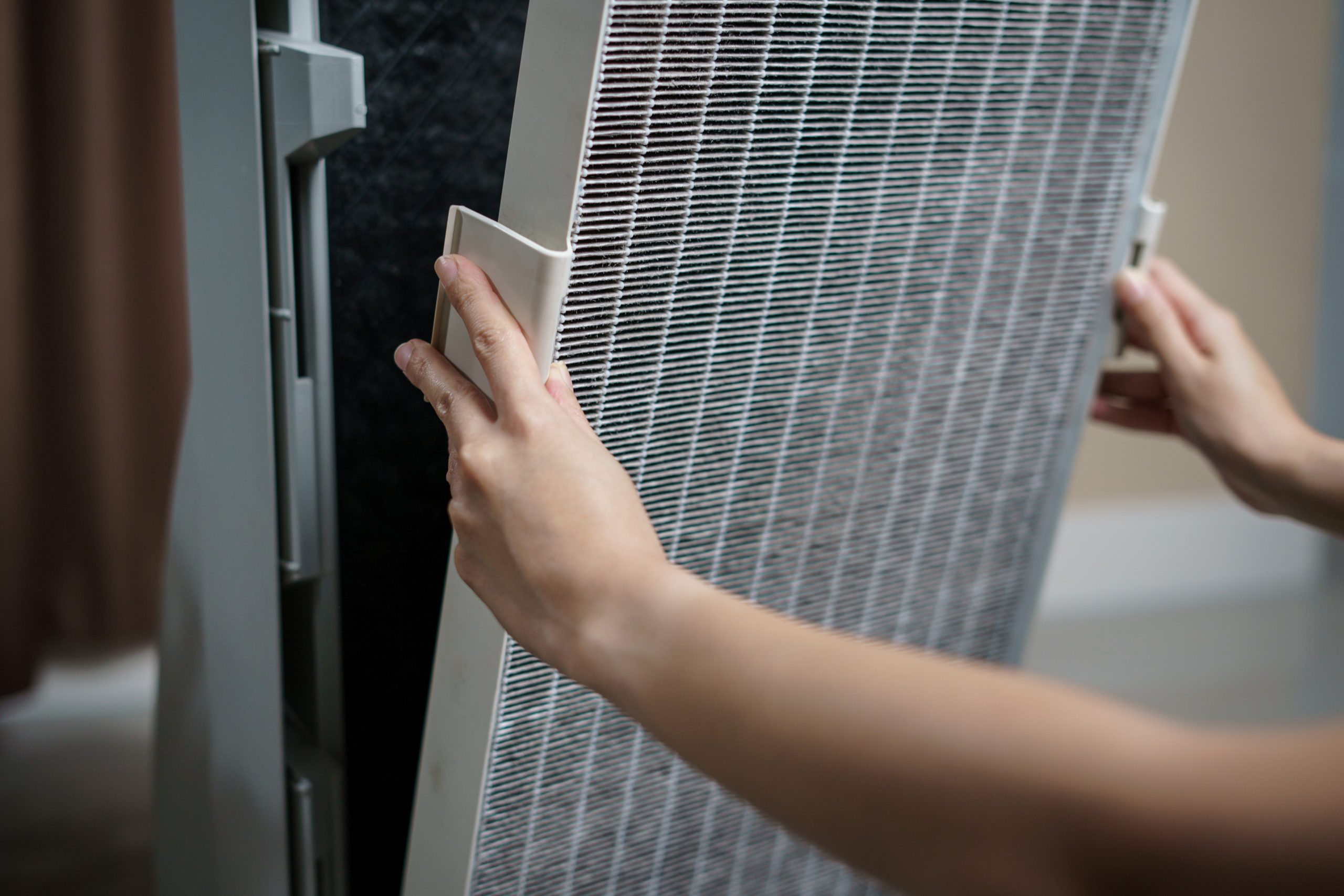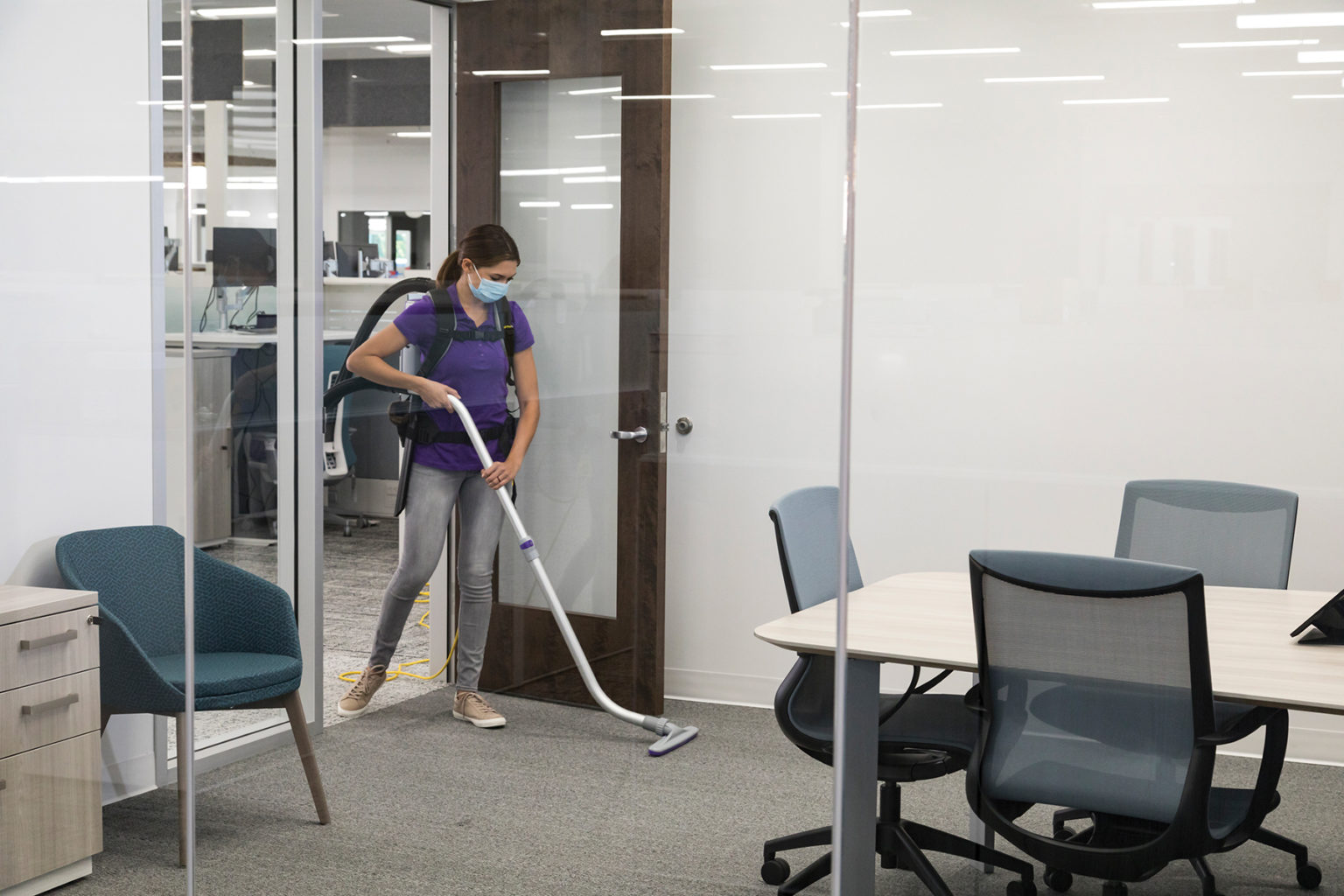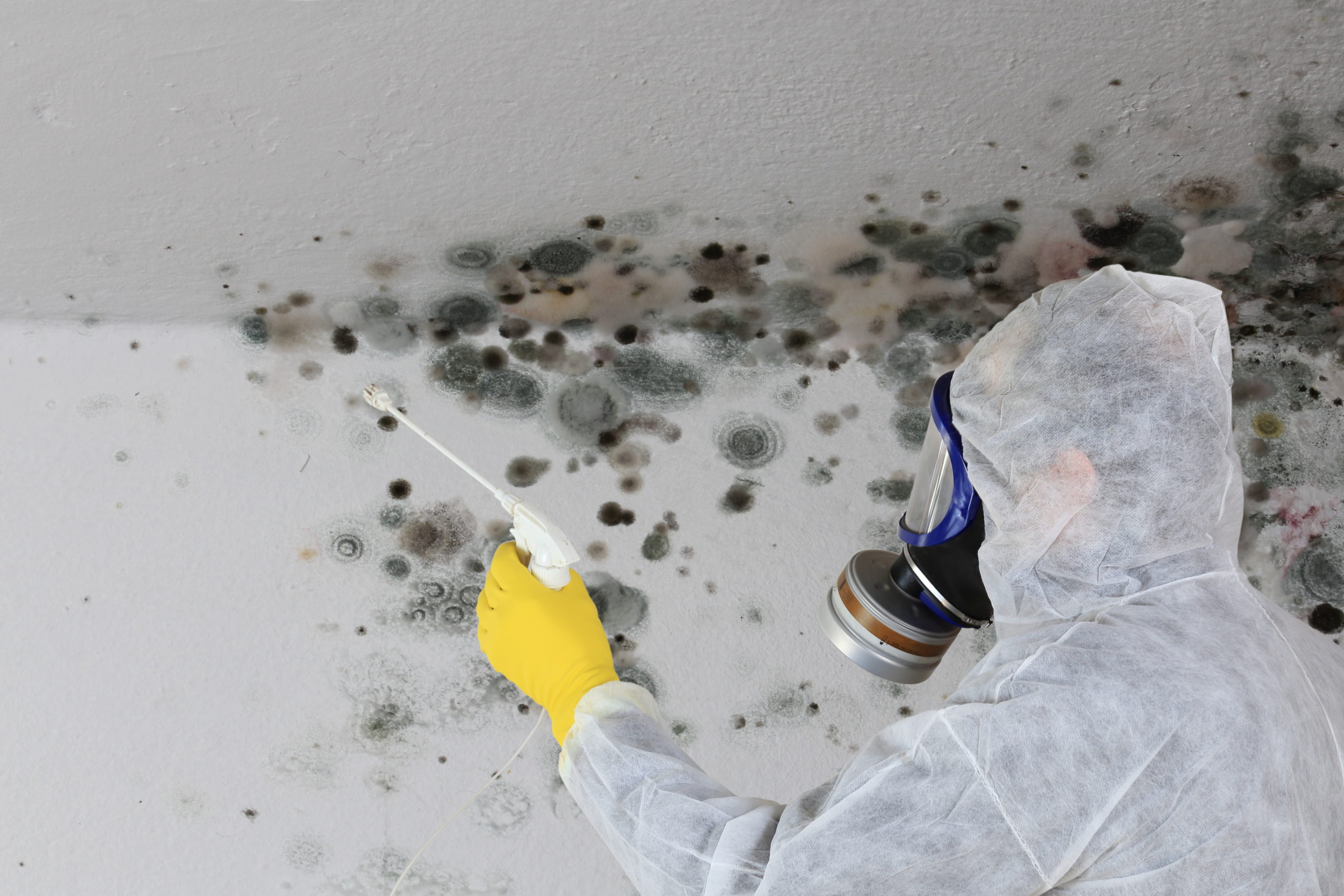Many of the de-icers [AB1] that previously met LEED requirements are no longer permissible.
Los Angeles, CA – The Ashkin Group, the professional cleaning industry’s leading advocate for Green and sustainable cleaning, is advising building owners and managers, jansan distributors and facility service providers that as of January 2015, LEED has redefined the requirements for LEED-compliant de-icers.
This update is especially important for those facilities that are now LEED-certified, are seeking LEED certification, or follow LEED’s direction in maintaining a Green and sustainable facility.
What is likely the key update is that de-icers-used to help melt snow and ice to help prevent slips and falls-must now contain essentially 100 percent calcium magnesium acetate (CMA). This means that many of the de-icers [AB1] that previously met LEED requirements are no longer permissible.
According to the update, de-icers that contain more than 5 percent of the following ingredients are no longer considered environmentally preferred:
- Sodium chloride
- Calcium chloride
- Magnesium chloride
- Potassium chloride
- Potassium acetate
- Ammonia-based products
These substances are permissible if they are in quantities less than 5 percent.
“While it may seem strange to be discussing de-icers in the middle of August, the reality is [that] many school districts for instance, begin purchasing these and other winter-related items this time of year,” says Stephen Ashkin, president of The Ashkin Group.
“Because many school districts may not be aware of these updates, jansan distributors are advised to discuss these changes with their clients.”
Additionally, the new LEED updates require that facilities implement a de-icer quality assurance monitoring program. This involves tracking such things as:
- When and where de-icers were used
- If the de-icer was used prior to snow events
- If areas were shoveled prior to de-icer application
- Climatic issues such as the amount of snow over the season and the temperatures when the de-icer was applied
“While the update is effective as of January 2015, building owners and managers do have three years to phase out the use of de-icing products that are no longer environmentally preferred,” says Ashkin. He adds, “the reasoning behind this update is that CMA is biodegradable, will not harm surrounding vegetation, and tends to be less corrosive.”*
*Ashkin notes that CMA may damage asphalt and concrete.






